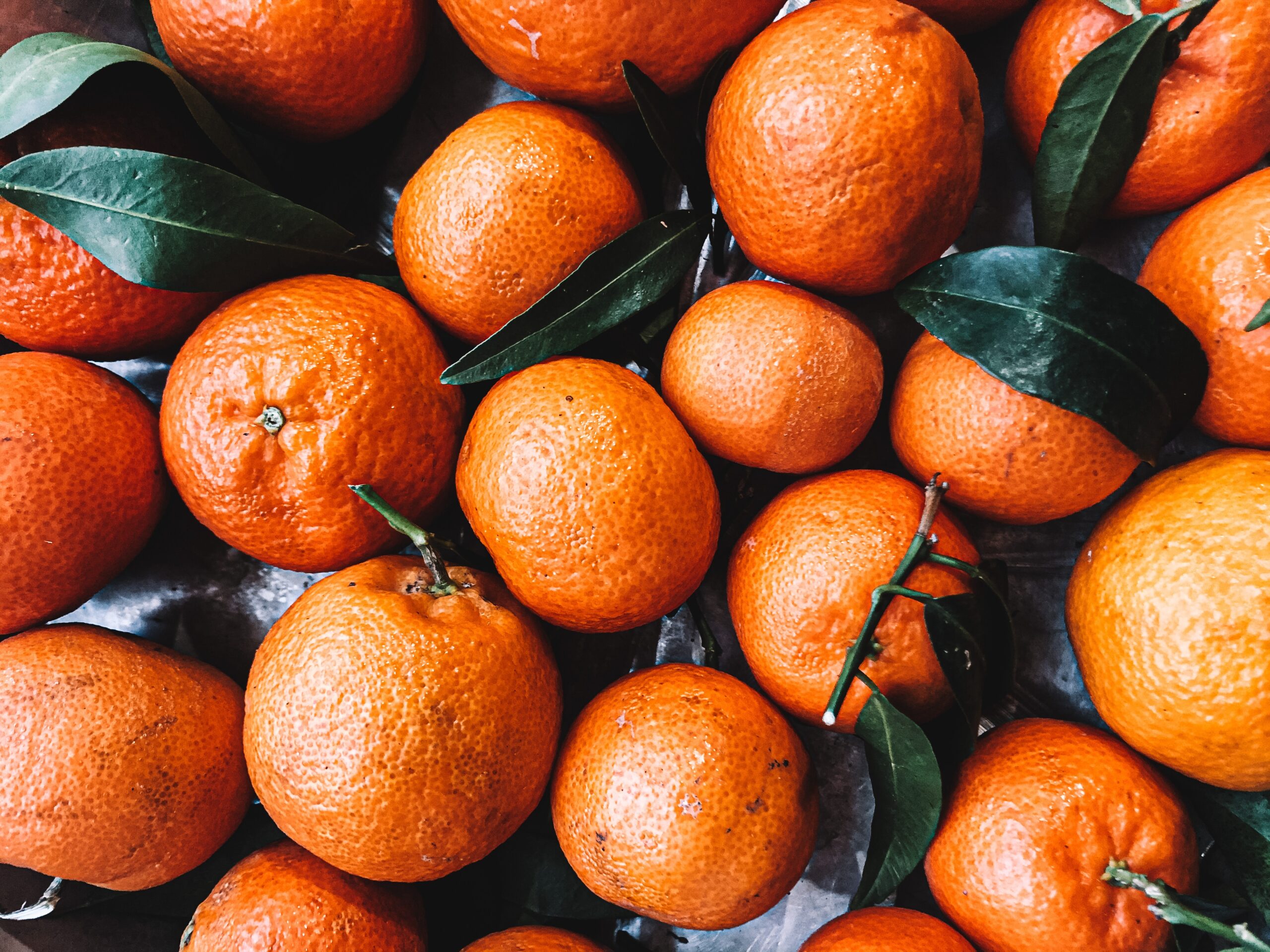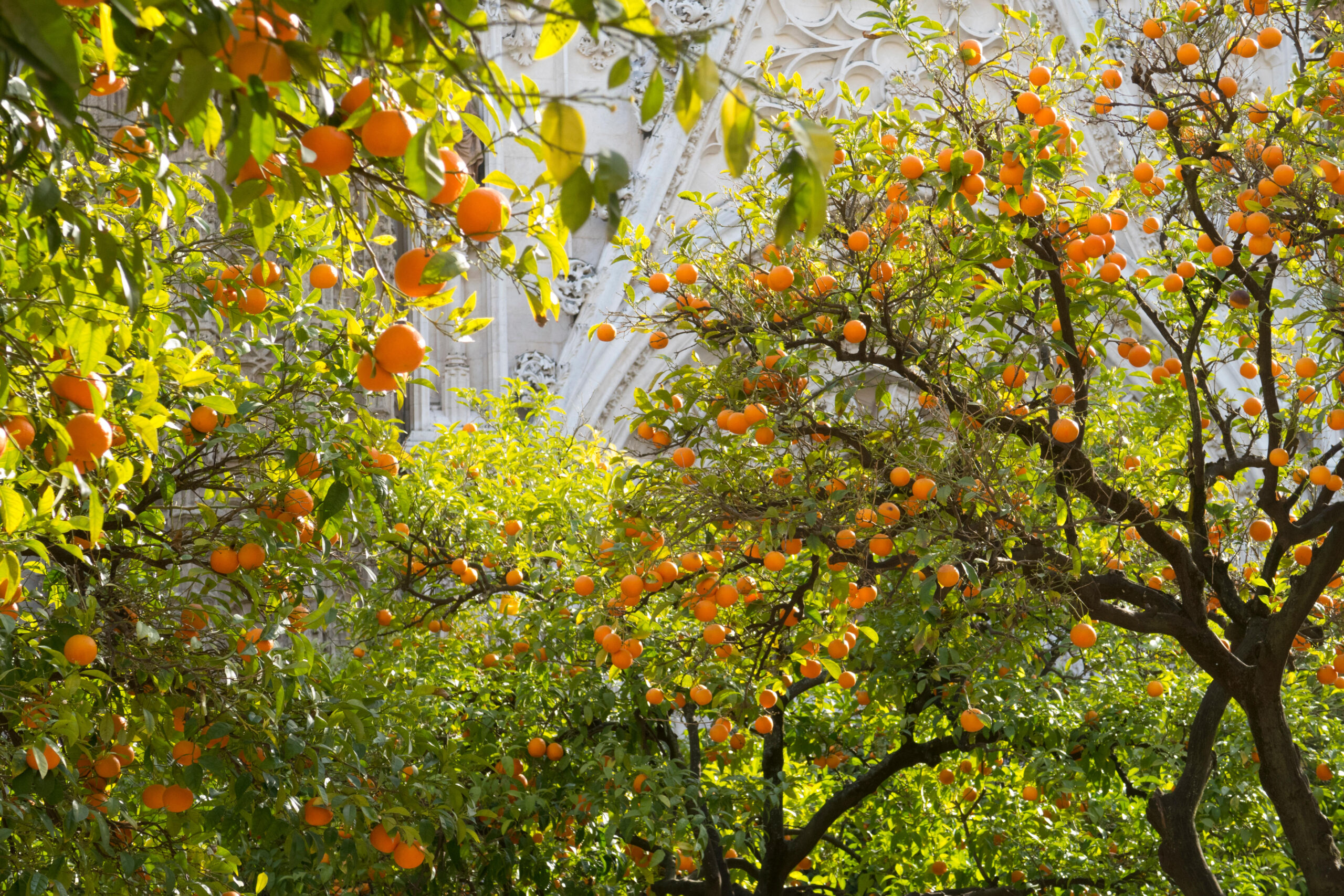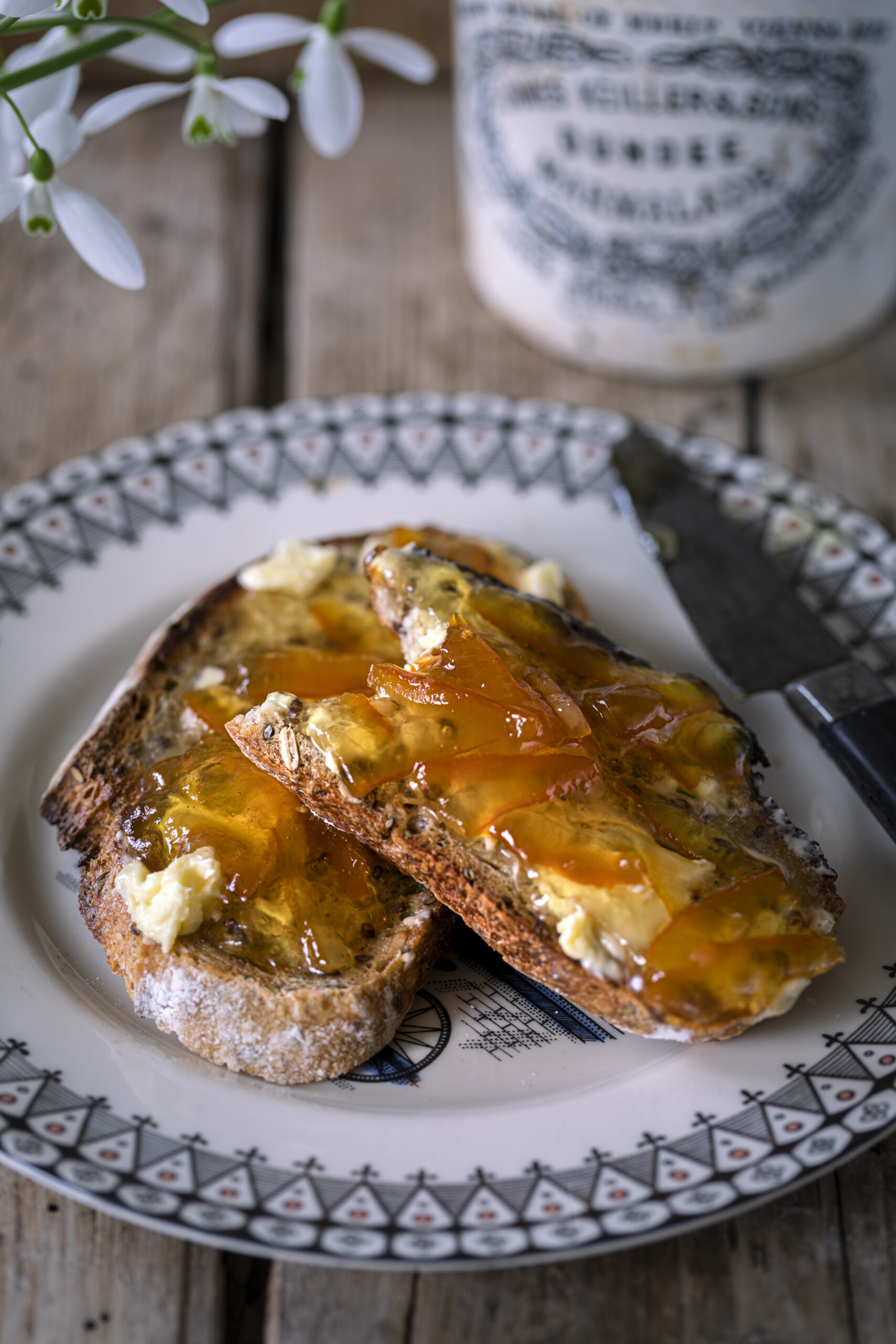Curious questions: Why do we use Seville oranges to make marmalade?
Why do we use Seville oranges to make marmalade when there are more than 400 other varieties available worldwide? And do they really make the best preserve? Jane Wheatley investigates.


In her lovely book The Land Where Lemons Grow (2015), Helena Attlee watches Sicilian cooks making marmalade with both sweet and sour oranges, red grapefruit and clementines. She calls those British people who think only Sevilles will do ‘marmalade fundamentalists’.
I admit to being one of them and I’m in good company: the late Alan Davidson, author of the magisterial The Oxford Companion To Food (1999), observed, ‘only bitter oranges can be used to make proper marmalade’.

Orange trees in full fruit in the grounds of Cathedral of Saint Mary of the See, Seville
The nation’s loyalty to the Seville can be attributed to a storm at the beginning of the 18th century that drove a Spanish ship laden with Sevilles to take shelter in a Dundee harbour. As Attlee has recorded, a local grocer called James Keiller bought the cargo, only to discover the oranges were sour and unsaleable. ‘His mother, Janet, had the ingenious idea of substituting them for the quinces she usually used to make marmalade,’ she wrote in 2015. ‘She sold it in the shop and it proved so popular she began to make it every year. By 1797, another Mrs Keiller and another son called James opened the world’s first marmalade factory in Dundee.’
However, there are technical reasons too, to account for why we lean on the Seville orange — more than other varieties — when it comes to making marmalade. The skin is incredibly thick and pithy; naturally rich in a gelling agent called pectin which is needed for a good set in any kind of preserve.
My own marmalade wins first prize every year in our local produce show, yet I can take no credit. I religiously follow my late mother-in-law’s recipe, handwritten on two A4 pages. It has been passed on to many over the years, winning her admirers from beyond the grave. As an author friend detailed recently: ‘It is sublime, but fearsomely complicated, demanding all sorts of dark-arts manoeuvres with rinds and pips and lemon juice. Splitting the atom would require less faffing about.’

The justly famous Three Chimneys hot orange-marmalade pudding was created by Shirley Spear, founder and co-owner for 30 years of The Three Chimneys hotel on Skye (www.threechimneys.co.uk). Spear would use eight tablespoons of her own Seville orange marmalade — still made to the same recipe by the current owners — and serve the pudding accompanied by a rich custard sauce spiked with Drambuie. The recipe is easy to find and uses hardly any flour, making it beautifully light.
Davidson notes that the Seville’s intensely aromatic rind would be dried and used to give aroma to savoury dishes. Darina Allen of the Ballymaloe cookery school in Co Cork, Ireland, recommends peeling the rind thinly and threading it on a string to dry in a warm place (in the airing cupboard, it has the added bonus of scenting the linen) then storing it in a jar to use in lamb, beef or pork stews.
Exquisite houses, the beauty of Nature, and how to get the most from your life, straight to your inbox.
Yotam Ottolenghi likes to use the juice of Sevilles as an alternative to lemon or lime juice in marinades and dressings, especially those for rich meat such as duck, game and offal. ‘For similar reasons, it’s perfect for ceviche, too, where the fruit’s acidity cooks and flavours the fish,’ he has written. Sevilles also freeze well, so make themselves useful all year round.

The orange’s wild ancestors originated in China where, writes Davidson, they seem to have been used for the fragrance of their rind: ‘Early Chinese documents mention holding them in the hand, the warmth releasing the scent.’ The first sweet oranges were introduced in Britain at the end of the Tudor period and were called China oranges, although, by that time, they had been brought by Arabs to Europe and were grown in Portugal. They were exotic, costly imports to the kitchens of grand houses and later grown with other citrus fruit in elegant glasshouses called orangeries.
However, for food historian Annie Gray, a regular on Radio 4’s The Kitchen Cabinet, Sevilles are the only orange worth cooking. ‘If you see the word “orange” in a recipe, it will generally be better with Sevilles,’ insists Dr Gray. ‘Certainly, any recipe up to the 18th century would use them in cakes or stewed down in a sugar syrup for an after-dinner digestif. We have got used to things being sweet, but the bitter orange is so much more punchy and puckering. As my grandma would say: “It draws your arse up to your elbow.”’
Food writer Felicity Cloake tried recipes from several respected cooks for their take on Seville-orange curd before plumping for one that uses the zest from five oranges. This seems a lot, but she notes that you can use less, according to taste. And, if you are brave about making custard, the tarta de naranjas sevillanas from Samantha and Samuel Clark’s Moro: The Cookbook (2001) is outstanding.
Jane Wheatley is a former staff editor and writer at The Times. She contributes to Country Life and The Sydney Morning Herald among other publications.
